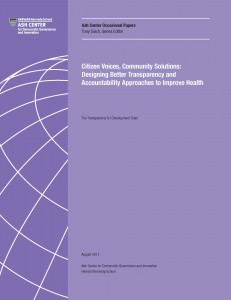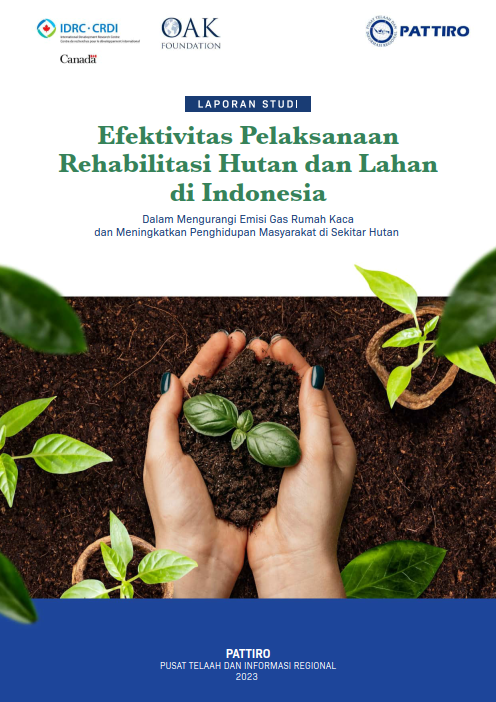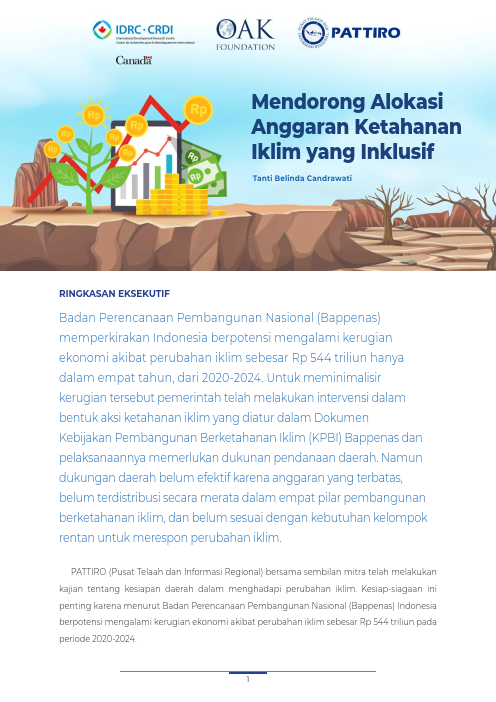 The Transparency for Development (T4D) study was designed to answer the question of whether a community-led transparency and accountability program can improve health outcomes and community empowerment, and, if so, how and in what contexts. To answer this question, researchers and civil society organization partners began by co-designing a program that would activate community participation to address myriad barriers to proper maternal and newborn care, with the ultimate goal of improving maternal and newborn health outcomes. This report presents the design of the program that was then implemented in 200 villages in Tanznia and Indonesia and studied using a mixed methods impact evaluation. In addition to detailing the program, the report outlines how we got there describing a number of principles that informed some distinguishing features of the program, as well as an iterative design process that defined other features through trial and error.
The Transparency for Development (T4D) study was designed to answer the question of whether a community-led transparency and accountability program can improve health outcomes and community empowerment, and, if so, how and in what contexts. To answer this question, researchers and civil society organization partners began by co-designing a program that would activate community participation to address myriad barriers to proper maternal and newborn care, with the ultimate goal of improving maternal and newborn health outcomes. This report presents the design of the program that was then implemented in 200 villages in Tanznia and Indonesia and studied using a mixed methods impact evaluation. In addition to detailing the program, the report outlines how we got there describing a number of principles that informed some distinguishing features of the program, as well as an iterative design process that defined other features through trial and error.
The program was designed to adhere to six principles: It was 1) co-designed with embedded and experienced in-country partners to be 2) health-focused rather than service delivery-focused, 3) locally relevant, 4) community-driven, 5) non-prescriptive, and 6) largely free of resources from outside the communities that received it. These design principles were defined by the researchers and partners seeking to use T4D to innovate in important ways that differed from the standard approaches commonly employed in transparency and accountability programs. First, the program was designed to mobilize citizens to solve health problems, rather than mobilizing them around a particular governance or service delivery problem. In doing so, the T4D program leaves open the possibility that communities might try to solve these problems by improving existing health services, self-help, or self-organizing or mobilizing other community members to increase the utilization of existing services.
Second, the T4D program leaves significant space for communities, rather than external experts or civil society organizations, to determine whom they will target with their actions (from frontline service providers to local politicians, to other community members, as well as regional or national politicians and health officials). It also allows communities to choose the nature of their actions, allowing them to educate, confront, or work with allies, or to take a different approach altogether. Finally, the program attempts to create space for communities to iterate and learn from their successful and less successful actions, in the hopes that iteration will improve their chances of achieving positive impact.
To continue read our publication, please see below:




